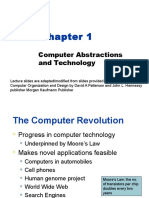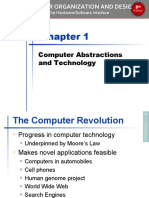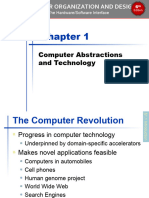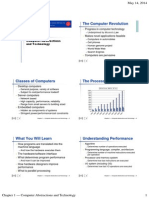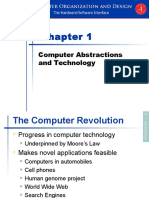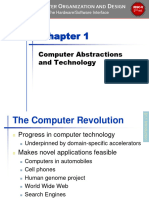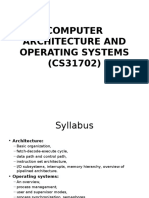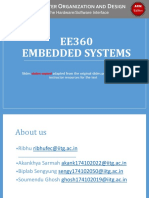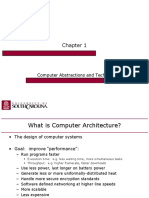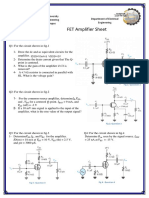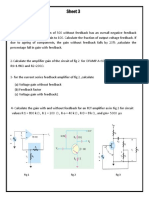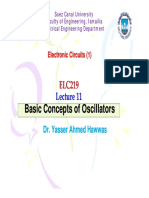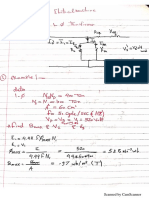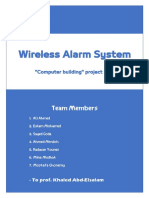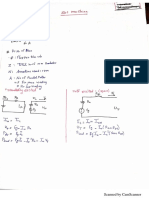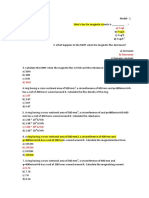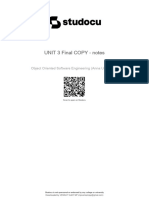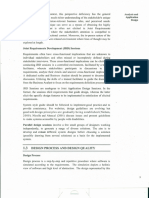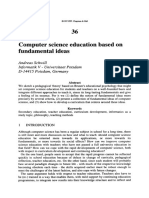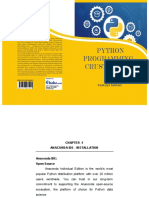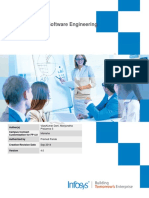0% found this document useful (0 votes)
145 views50 pagesComputer Abstractions and Technology
(1) The document discusses various topics related to computer organization and design, including different classes of computers, the post-PC era, and cloud computing.
(2) It describes the components of a computer including the processor, memory, and input/output devices. The processor contains a datapath and control unit, and may include cache memory.
(3) Abstractions are discussed as a way to deal with complexity by hiding lower-level details. The instruction set architecture defines the hardware/software interface.
Uploaded by
Ali AhmedCopyright
© © All Rights Reserved
We take content rights seriously. If you suspect this is your content, claim it here.
Available Formats
Download as PDF, TXT or read online on Scribd
0% found this document useful (0 votes)
145 views50 pagesComputer Abstractions and Technology
(1) The document discusses various topics related to computer organization and design, including different classes of computers, the post-PC era, and cloud computing.
(2) It describes the components of a computer including the processor, memory, and input/output devices. The processor contains a datapath and control unit, and may include cache memory.
(3) Abstractions are discussed as a way to deal with complexity by hiding lower-level details. The instruction set architecture defines the hardware/software interface.
Uploaded by
Ali AhmedCopyright
© © All Rights Reserved
We take content rights seriously. If you suspect this is your content, claim it here.
Available Formats
Download as PDF, TXT or read online on Scribd
/ 50
